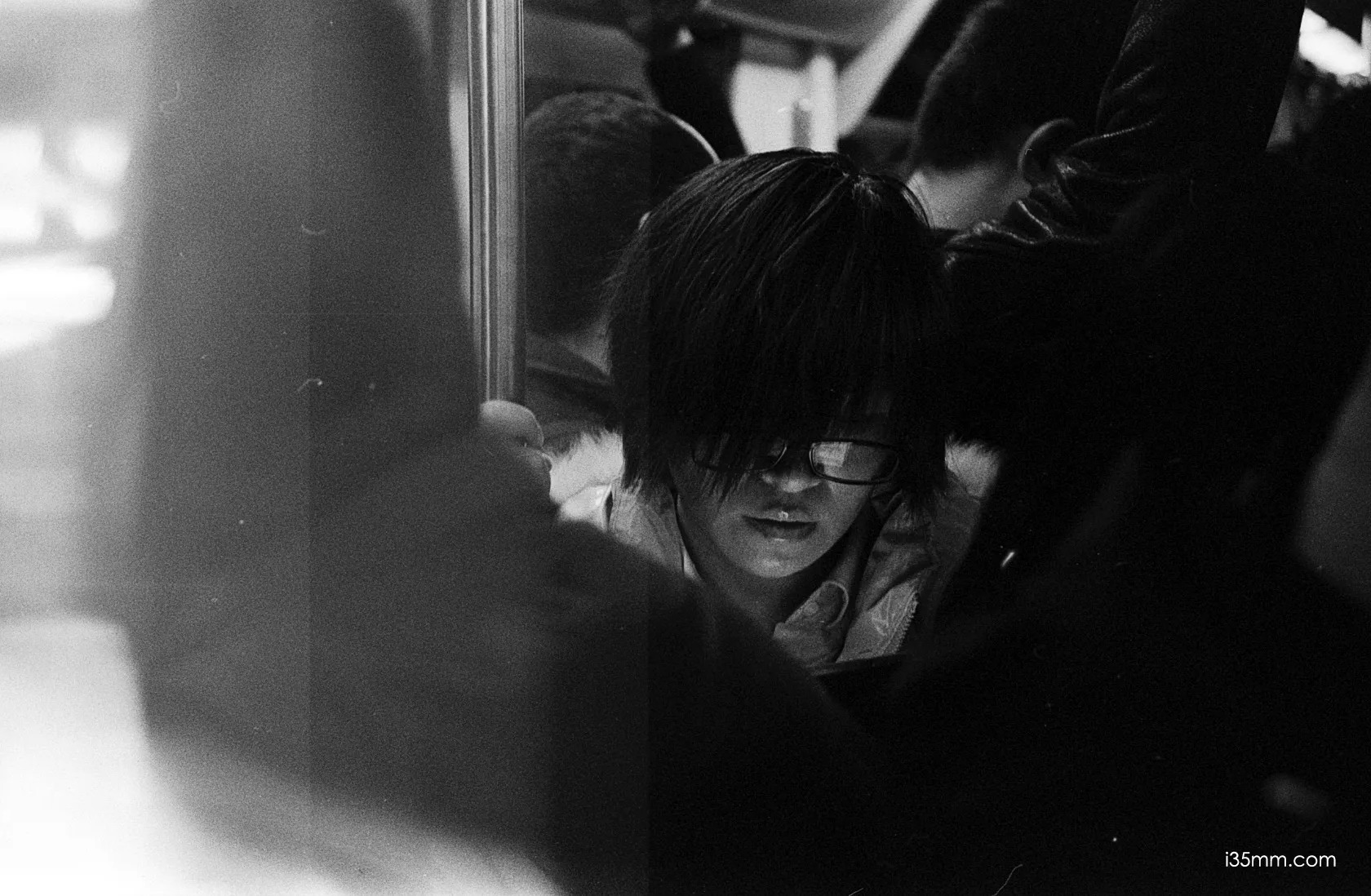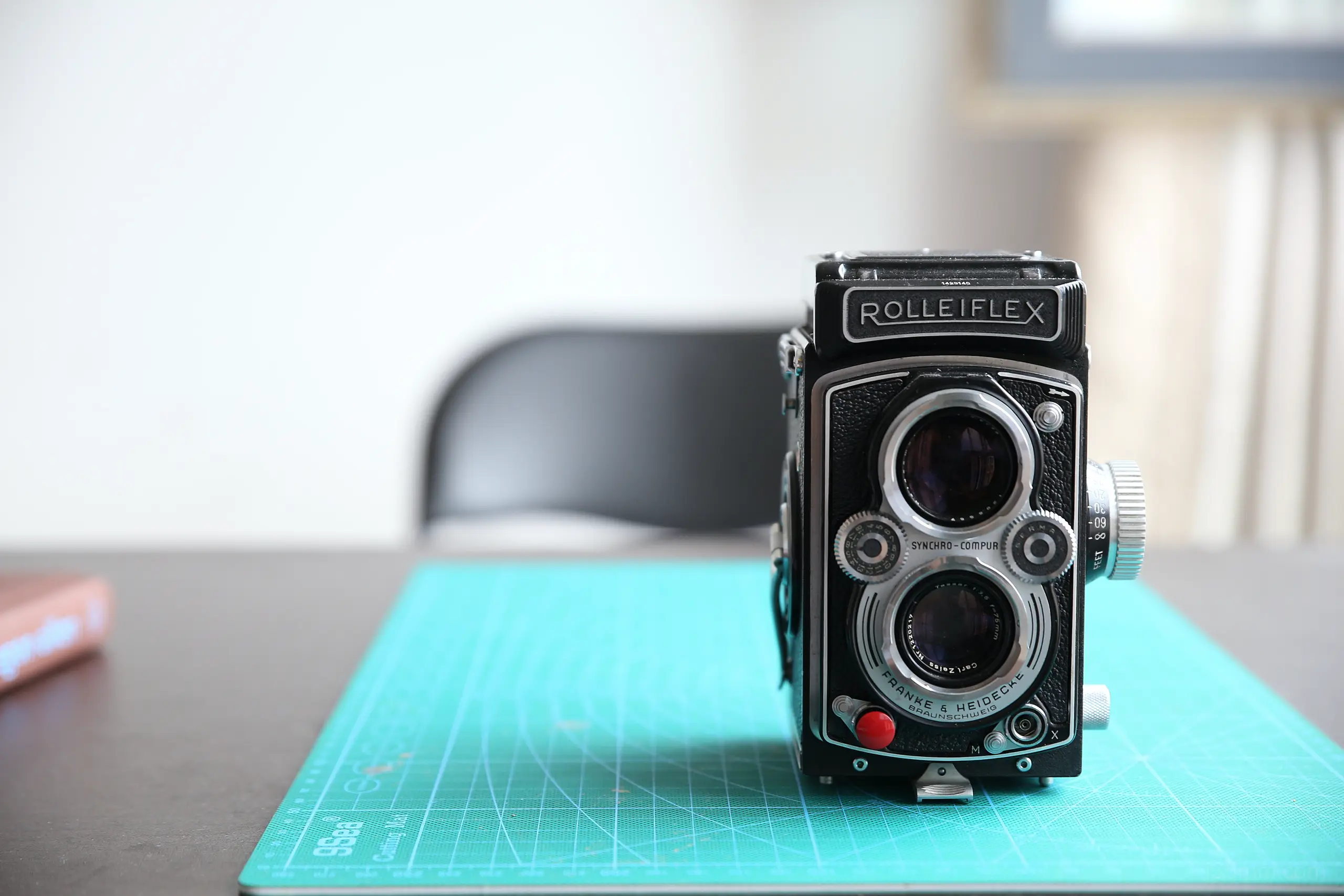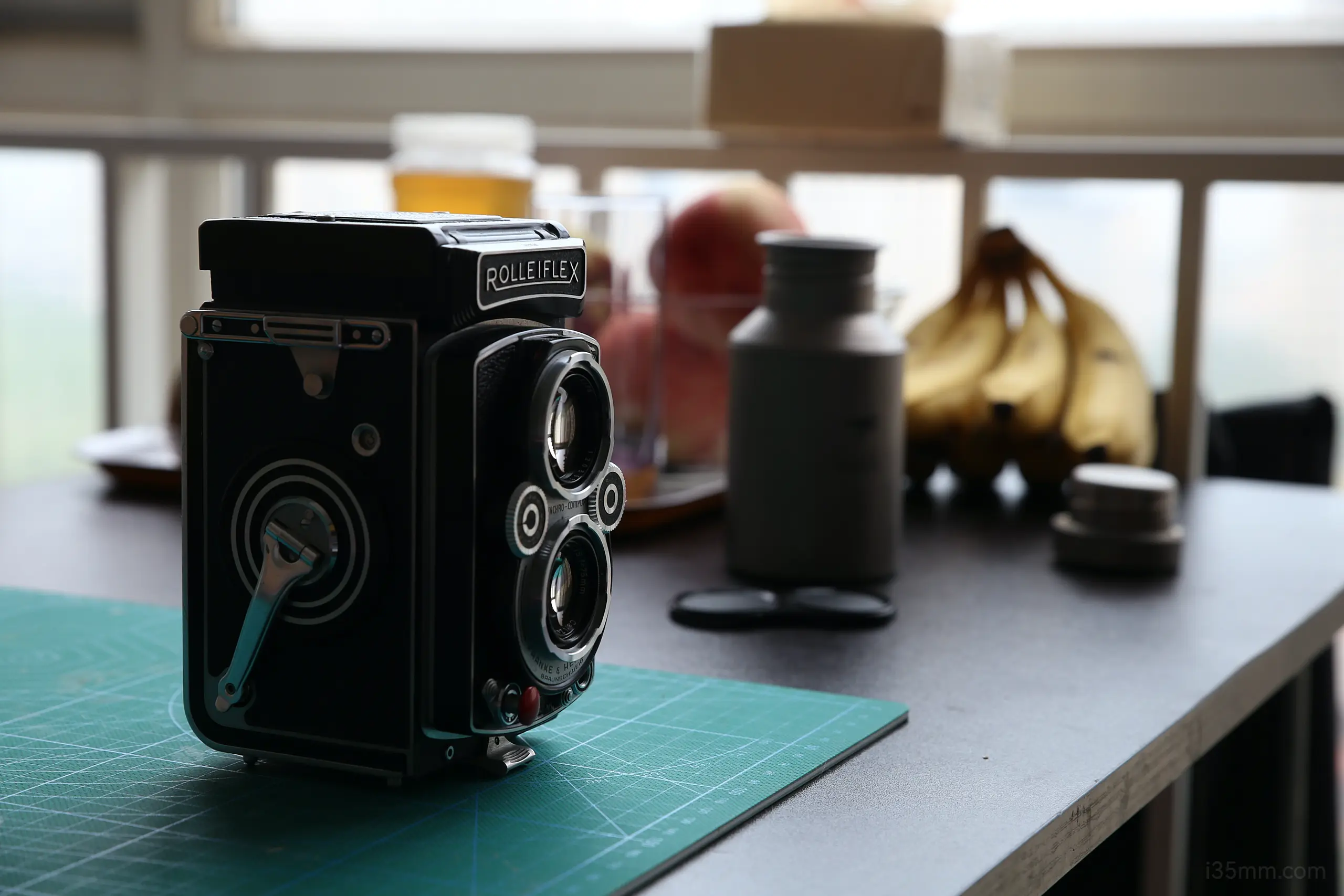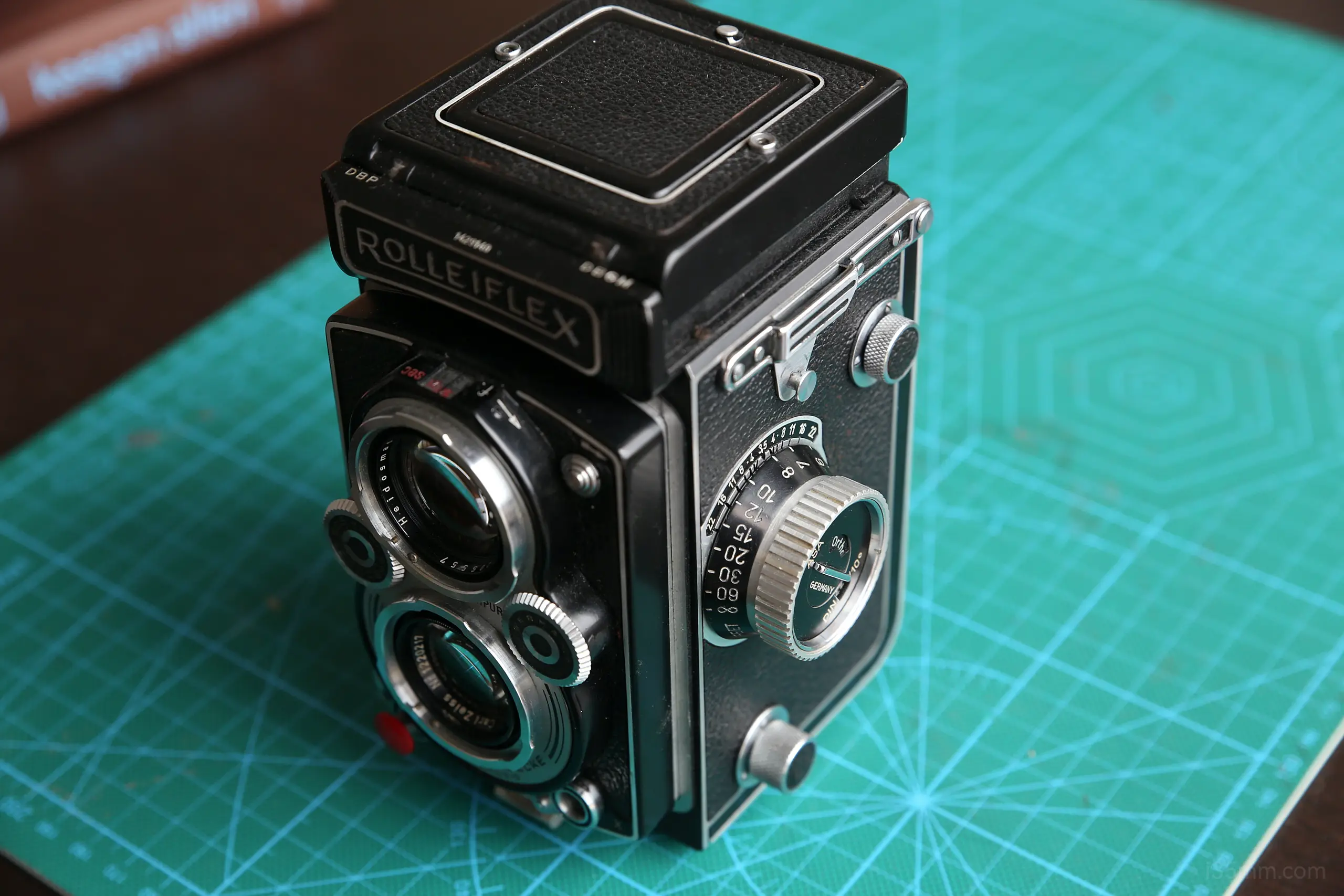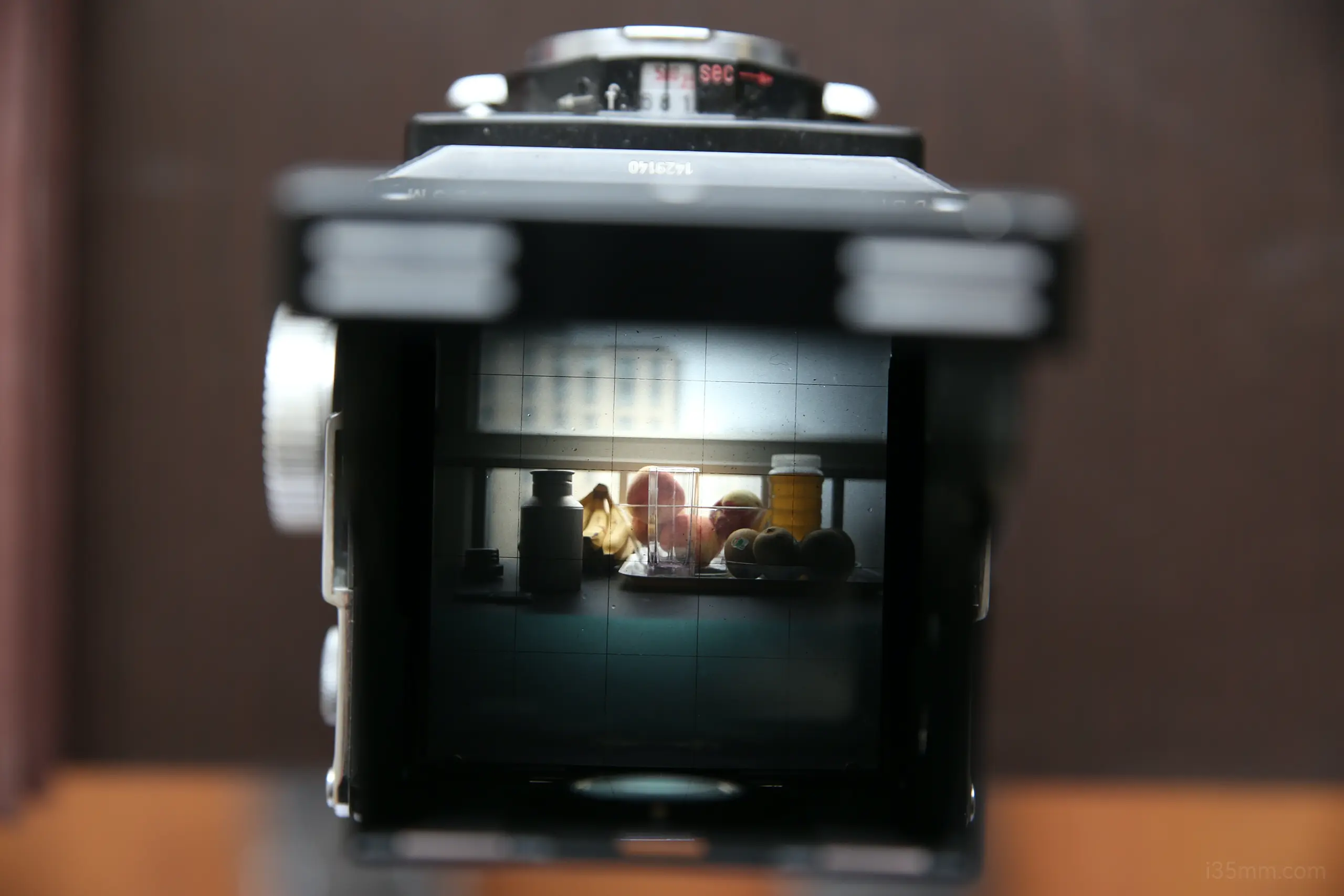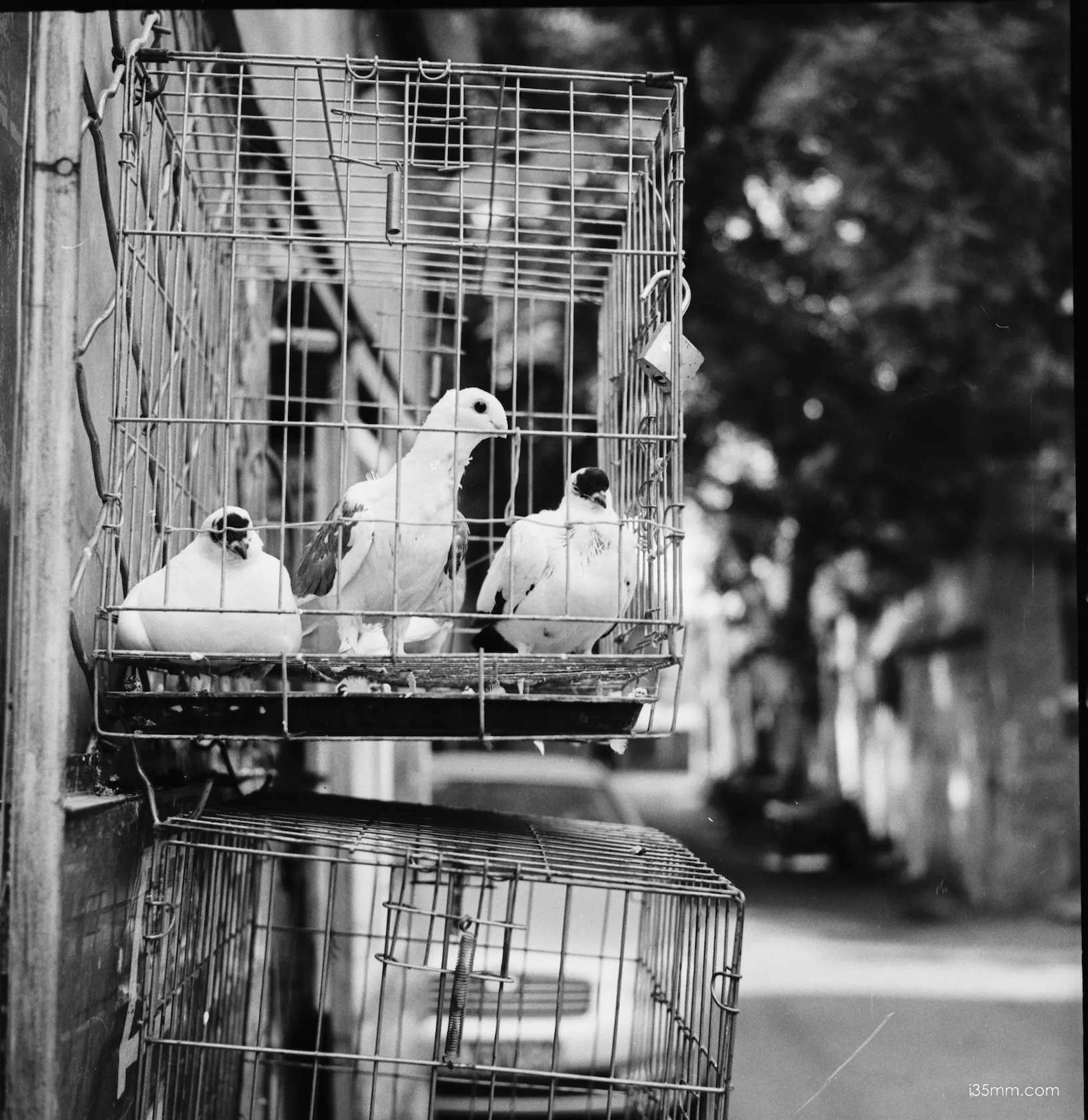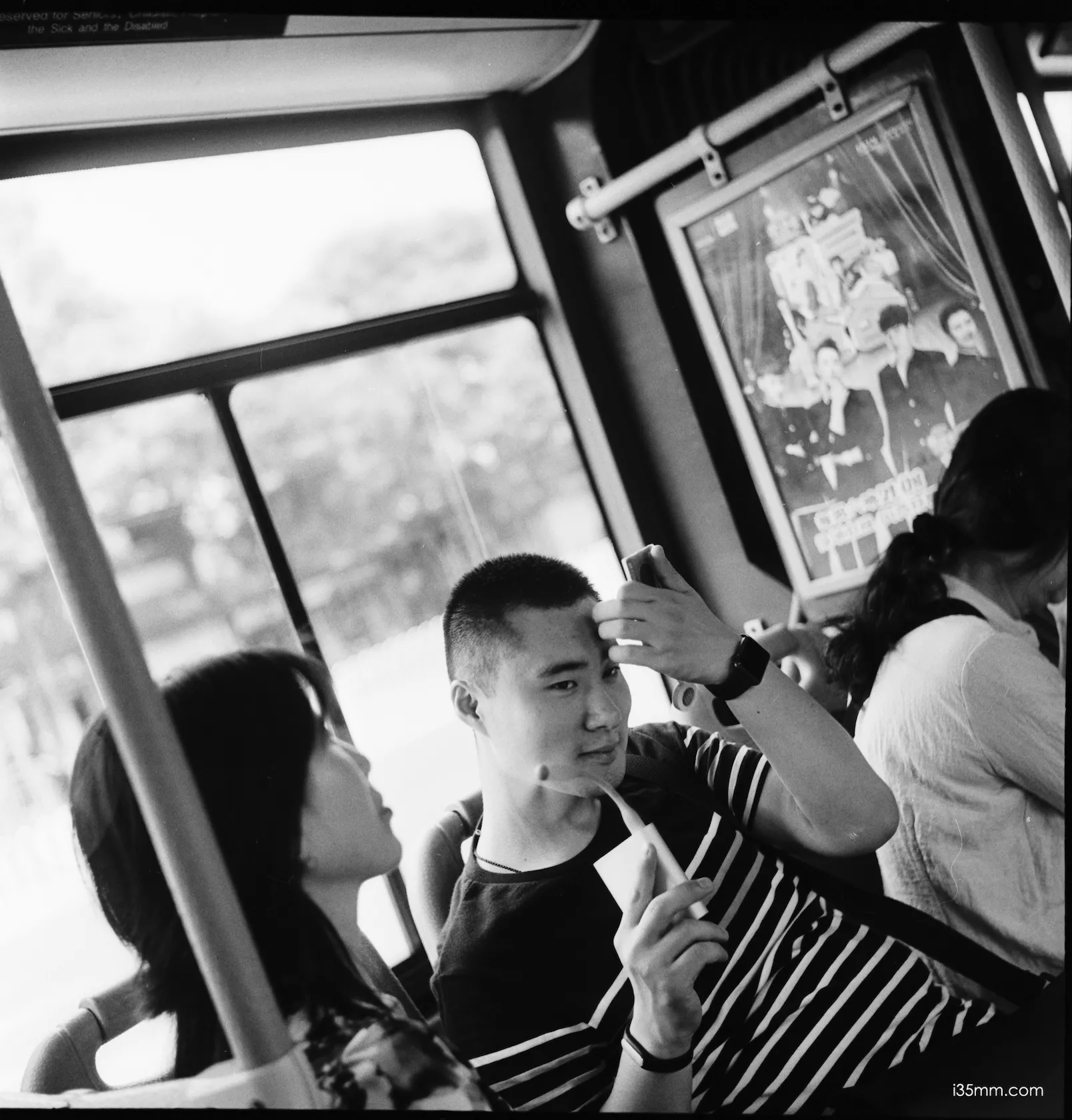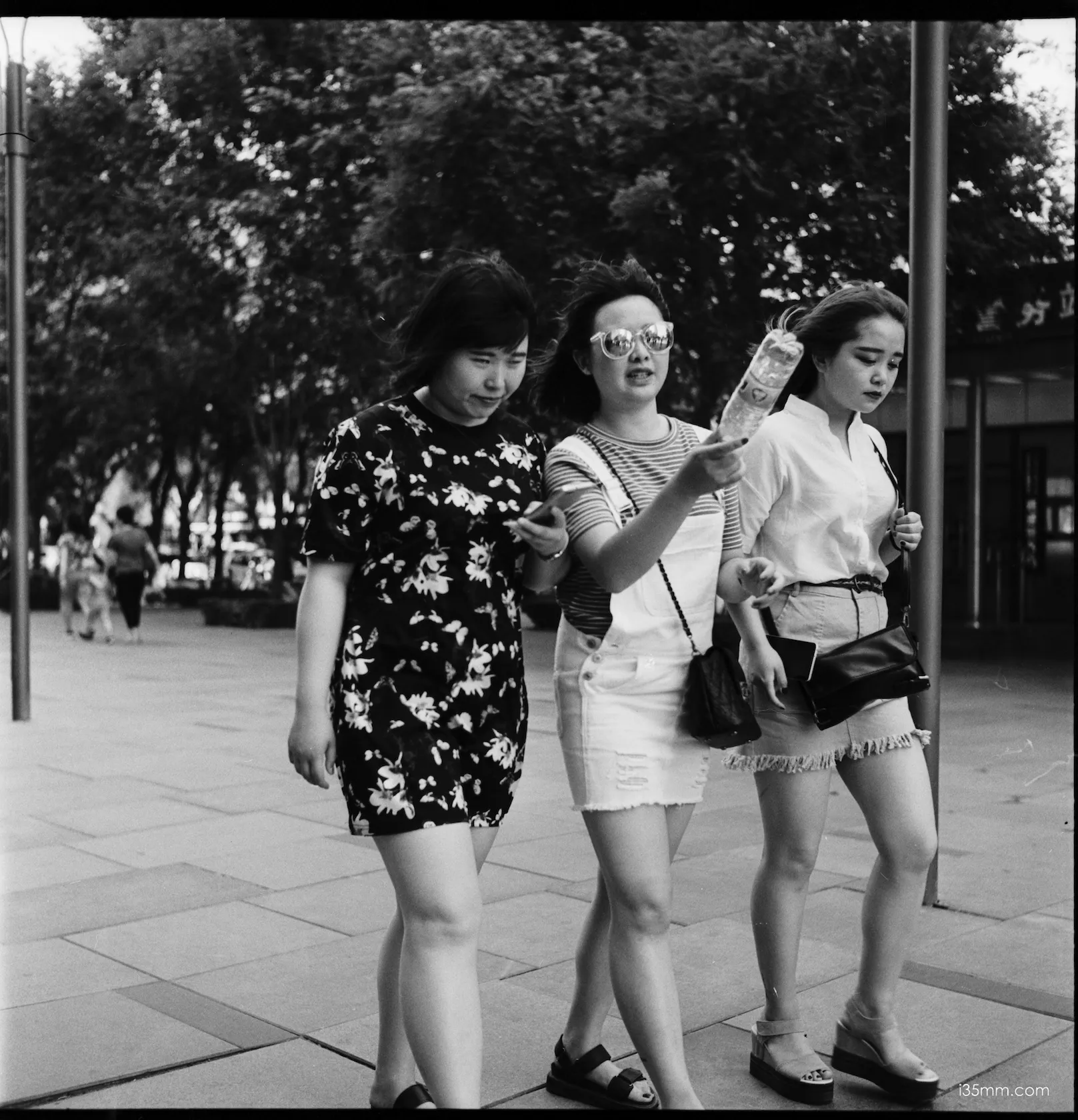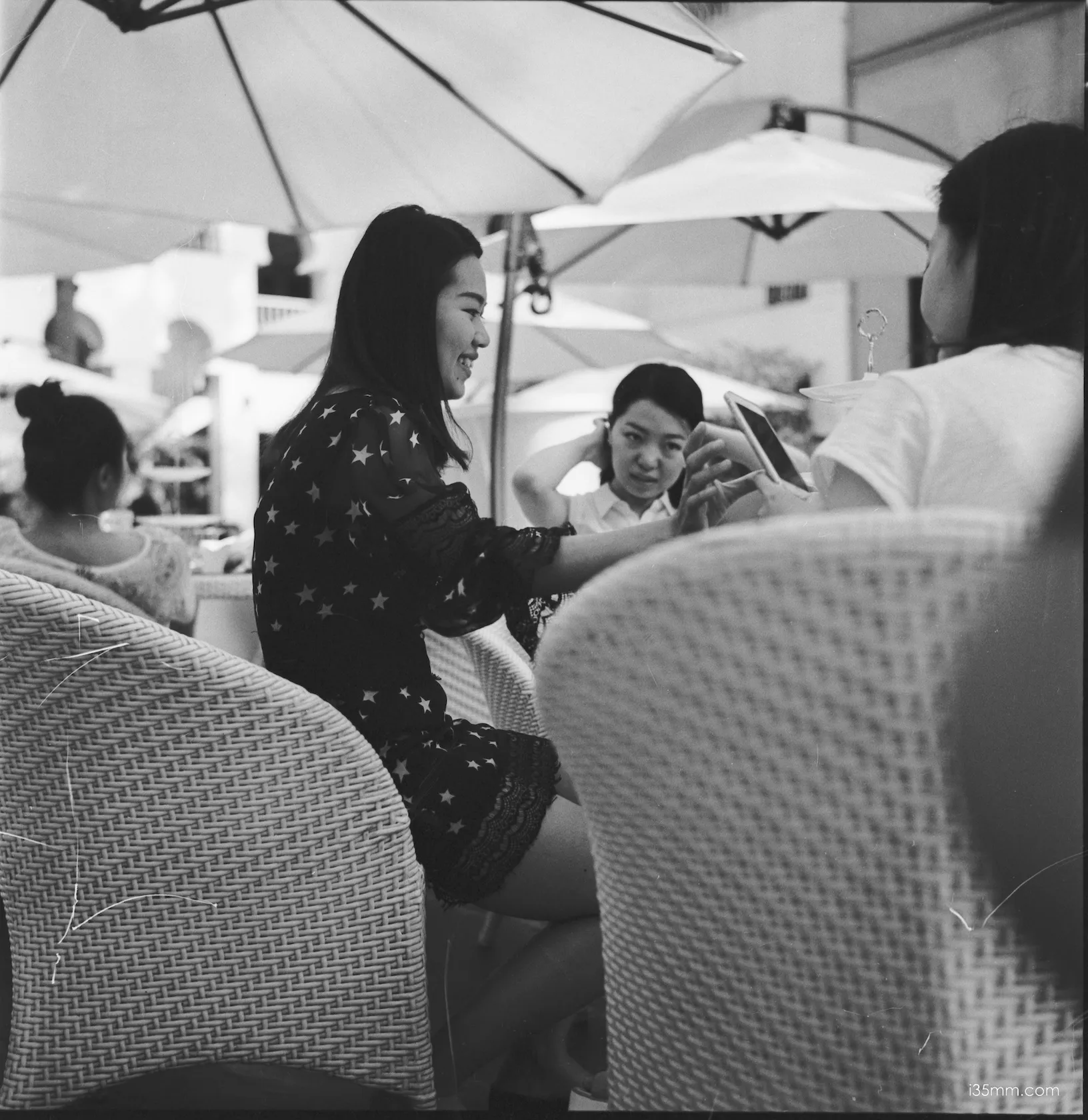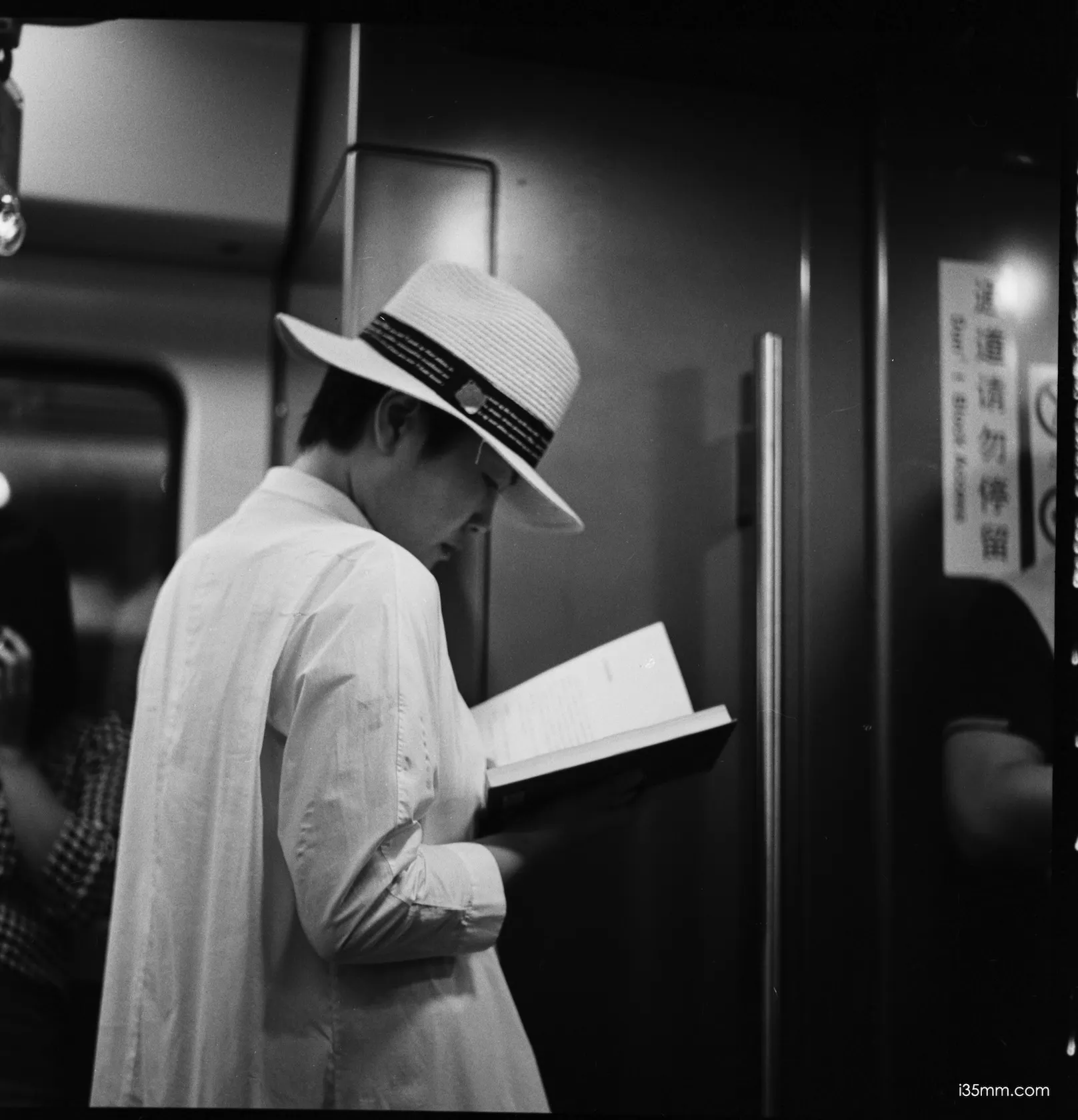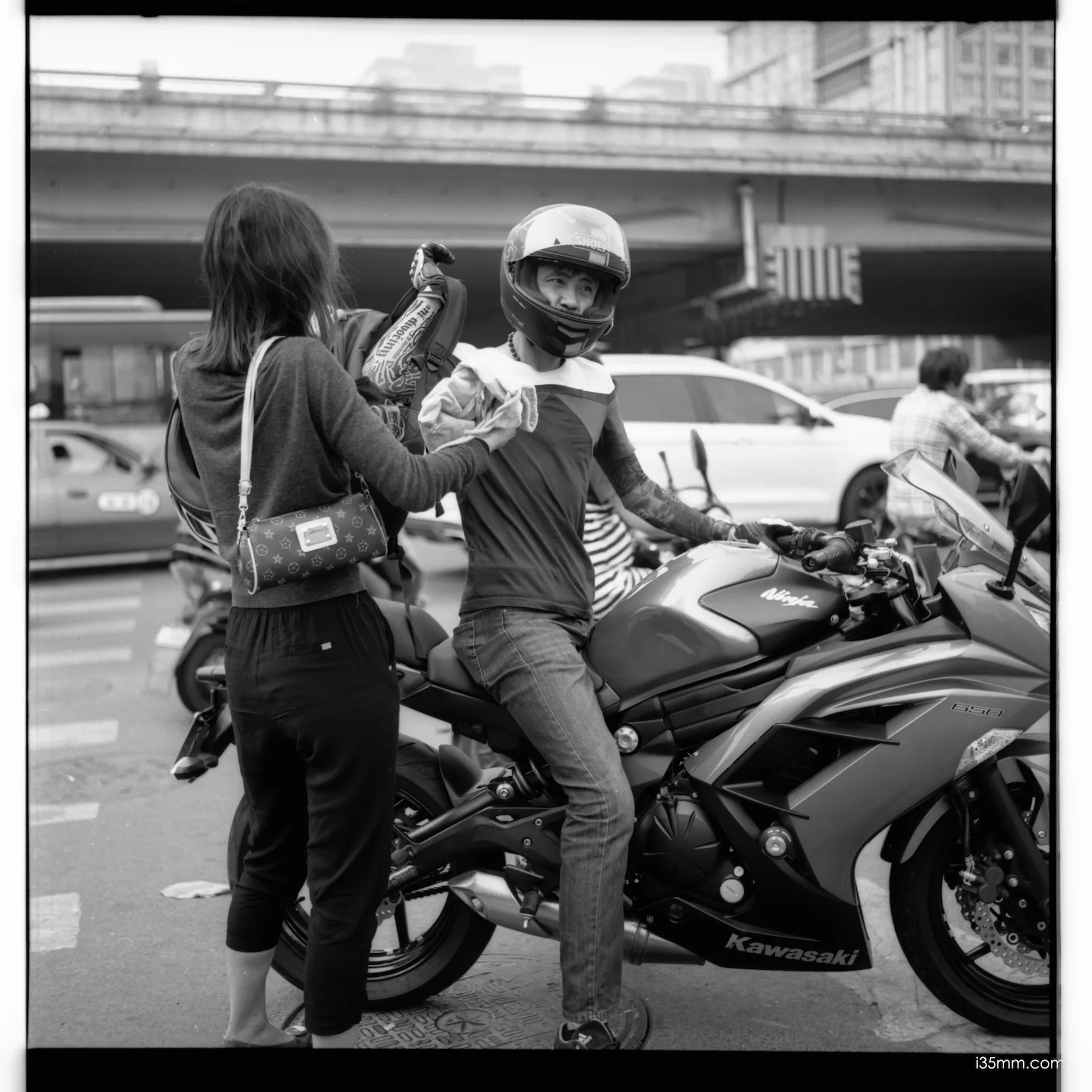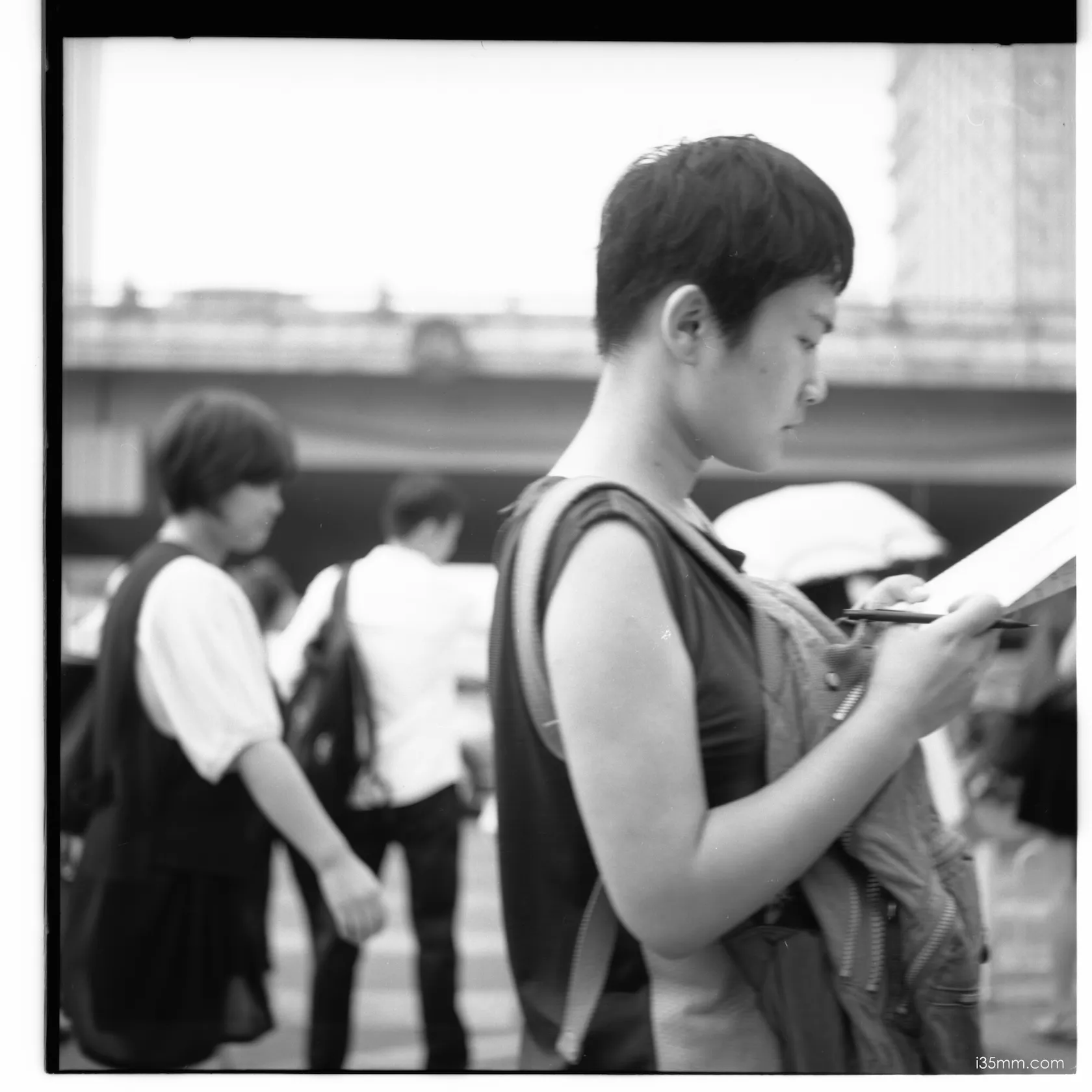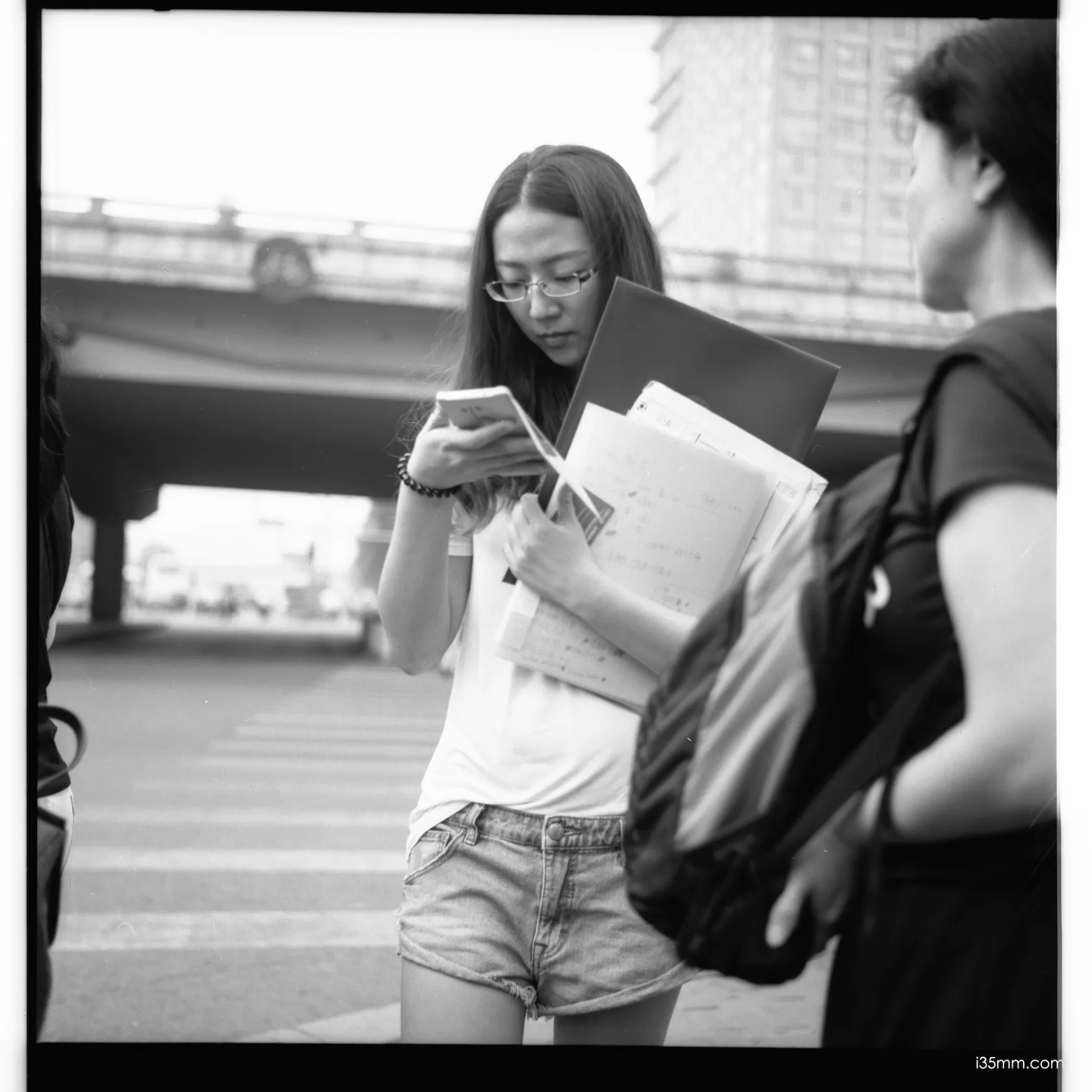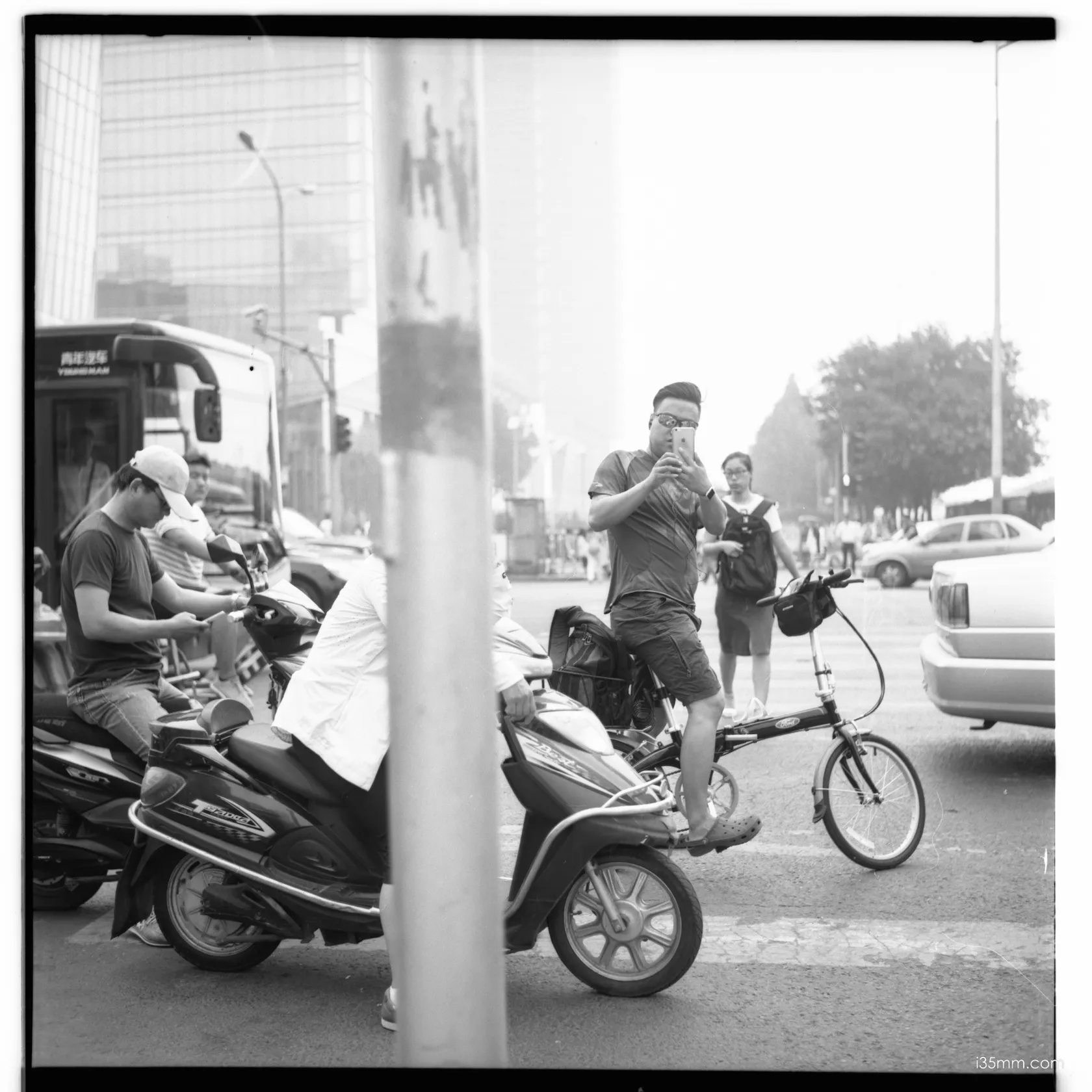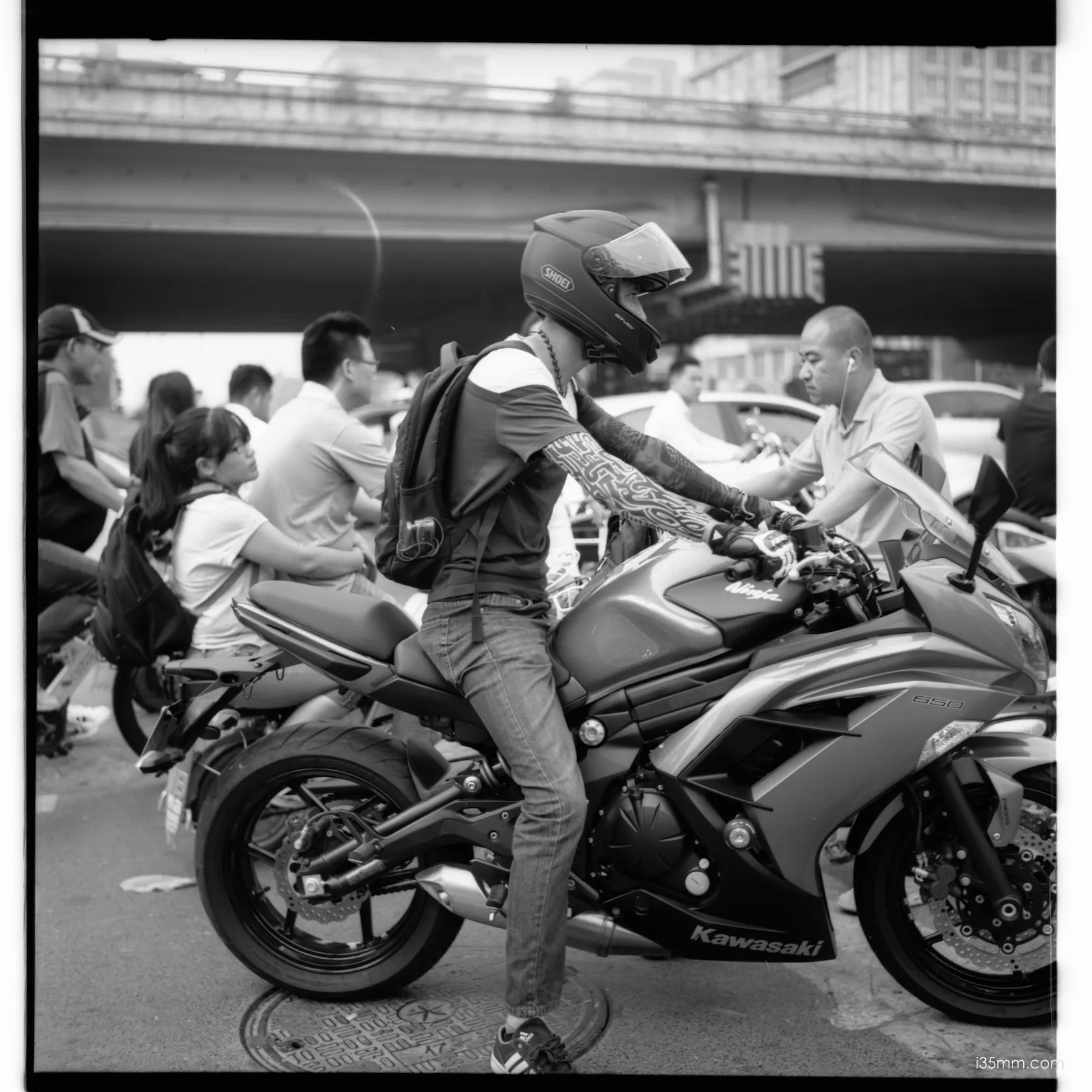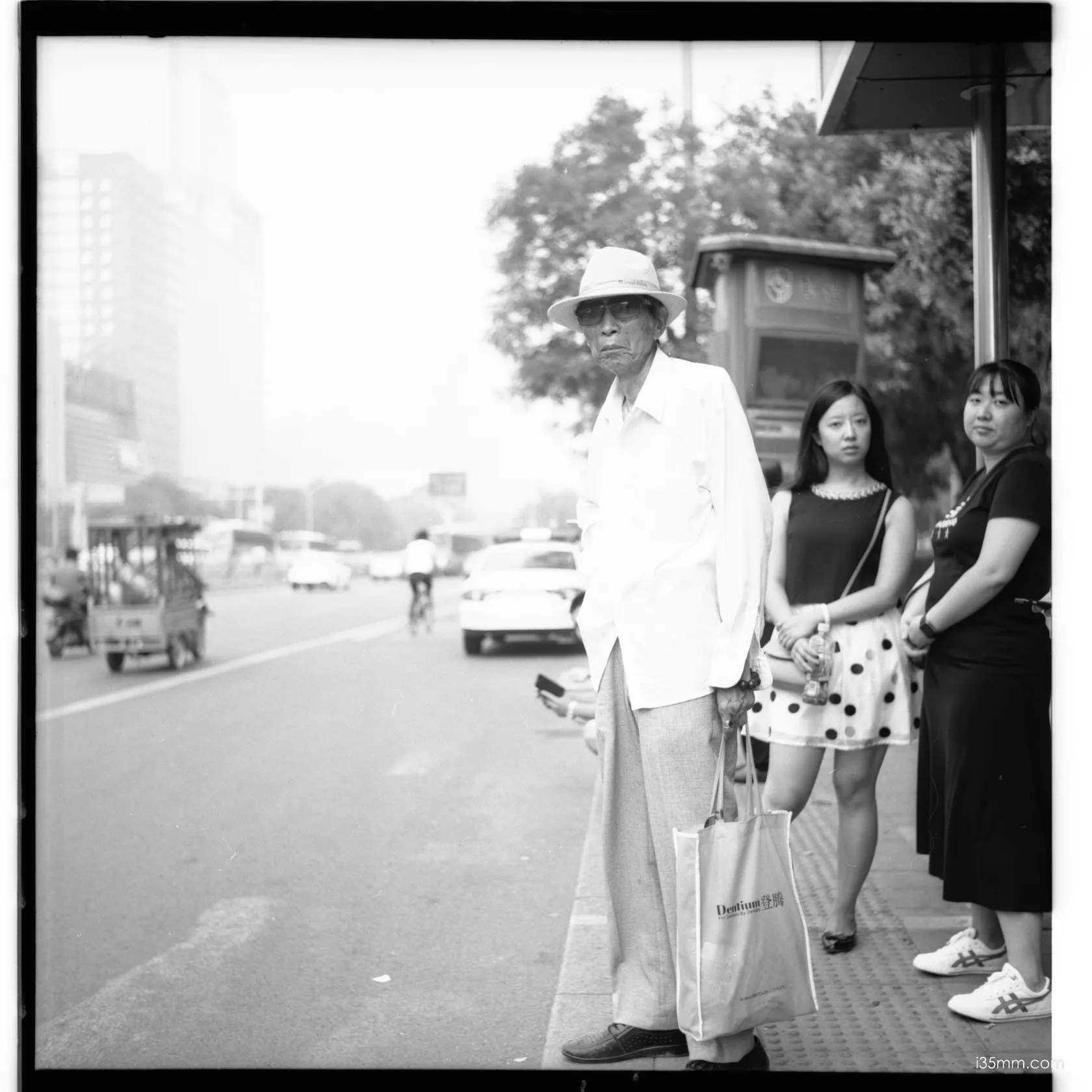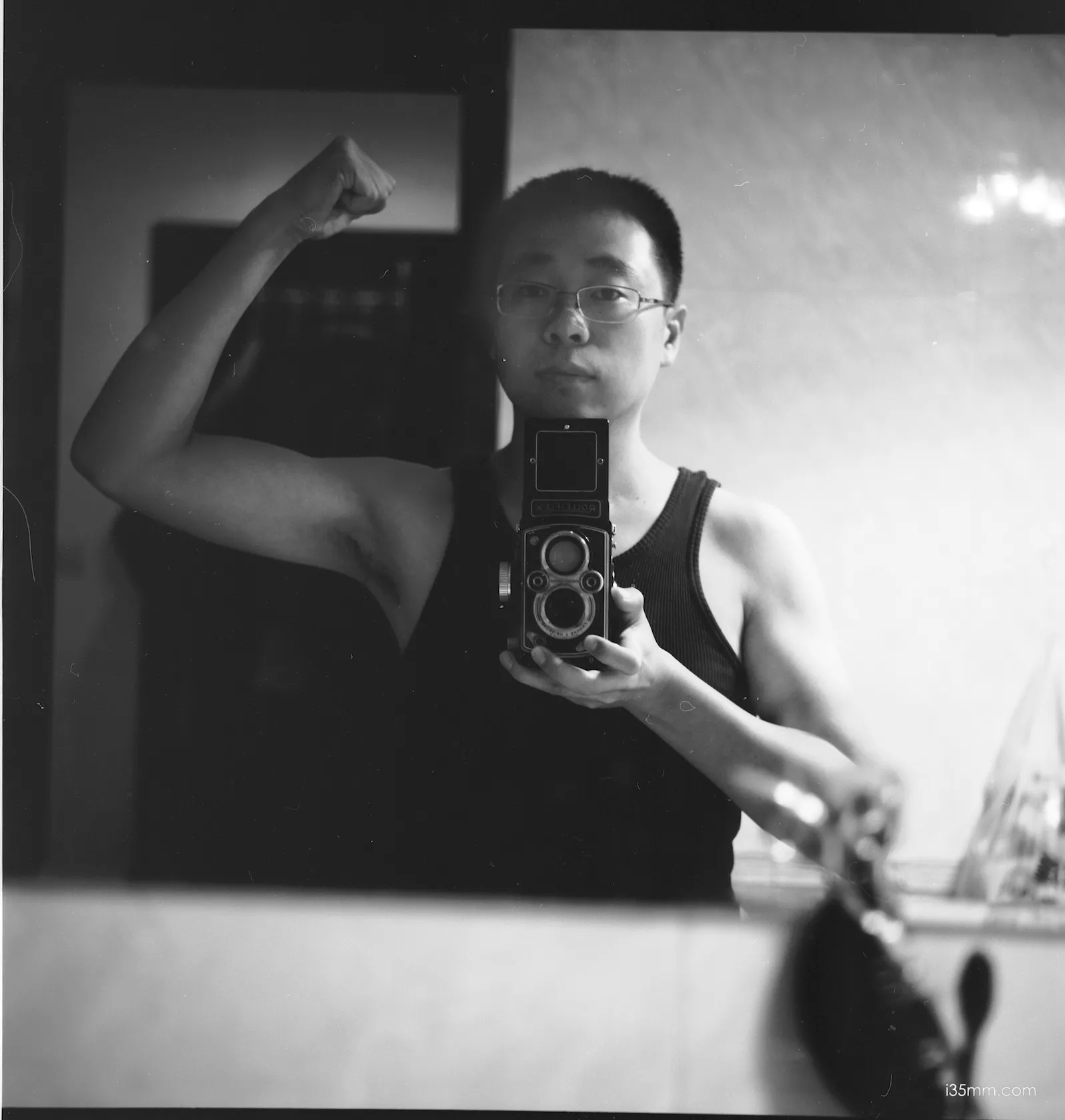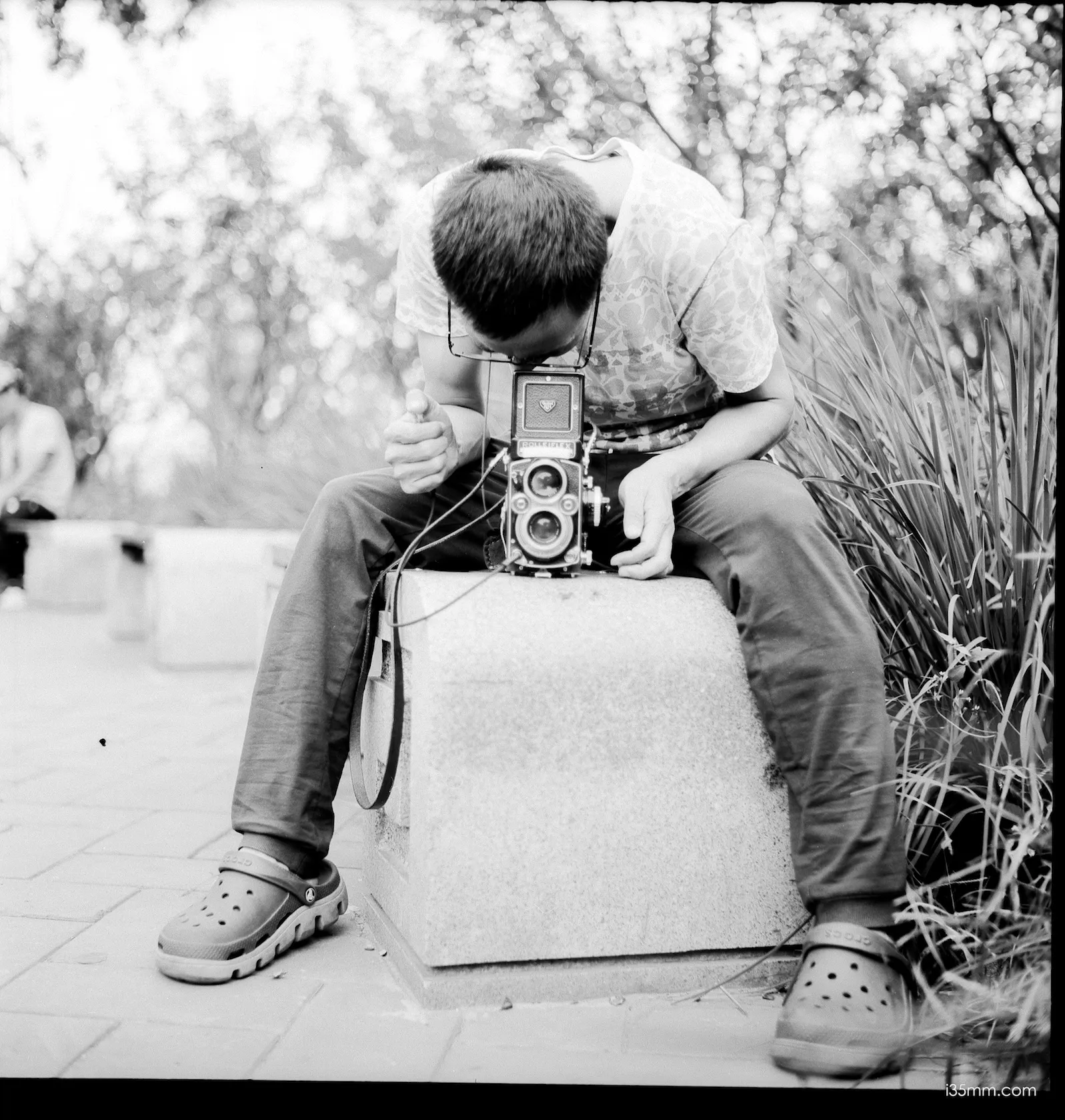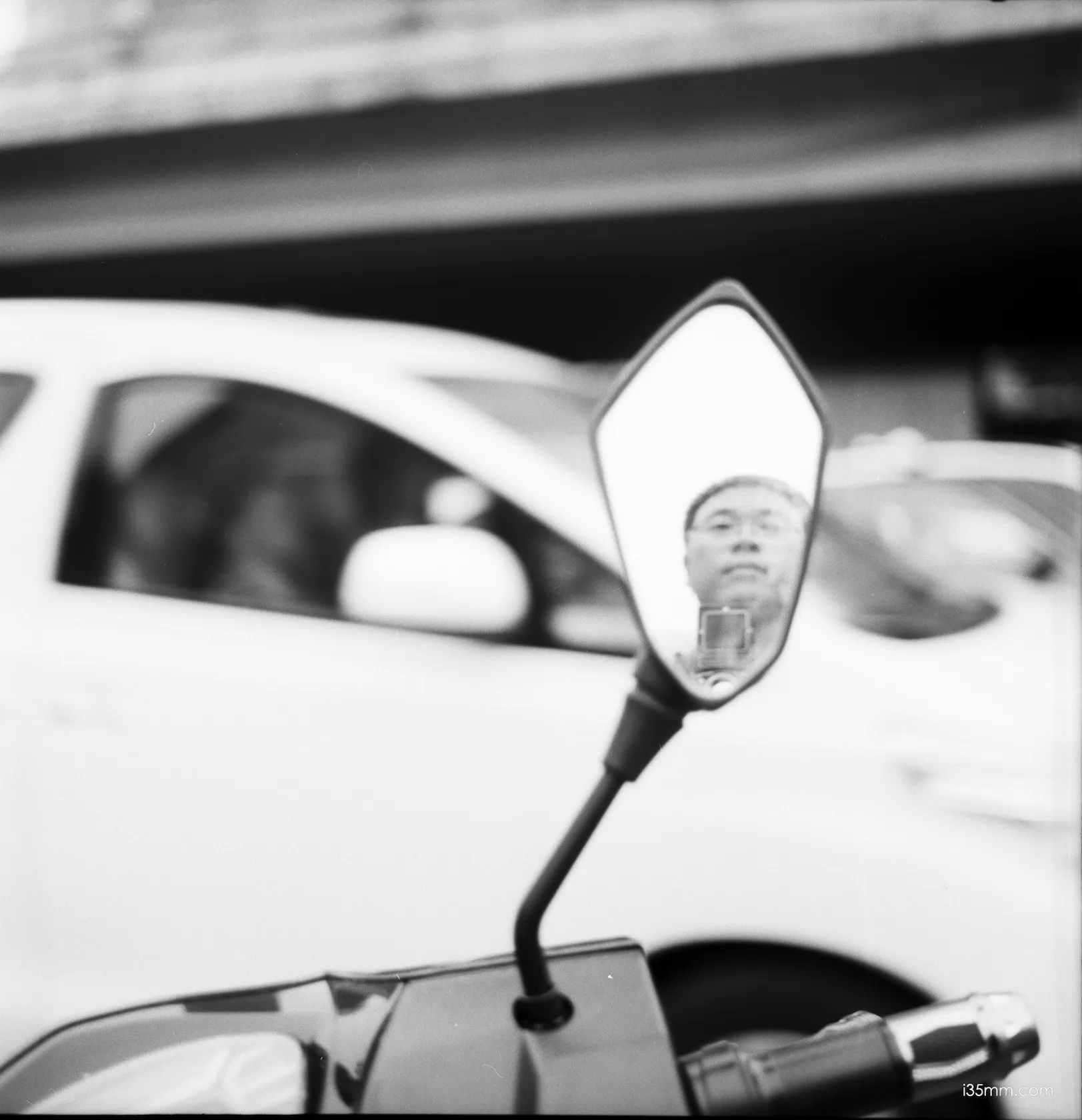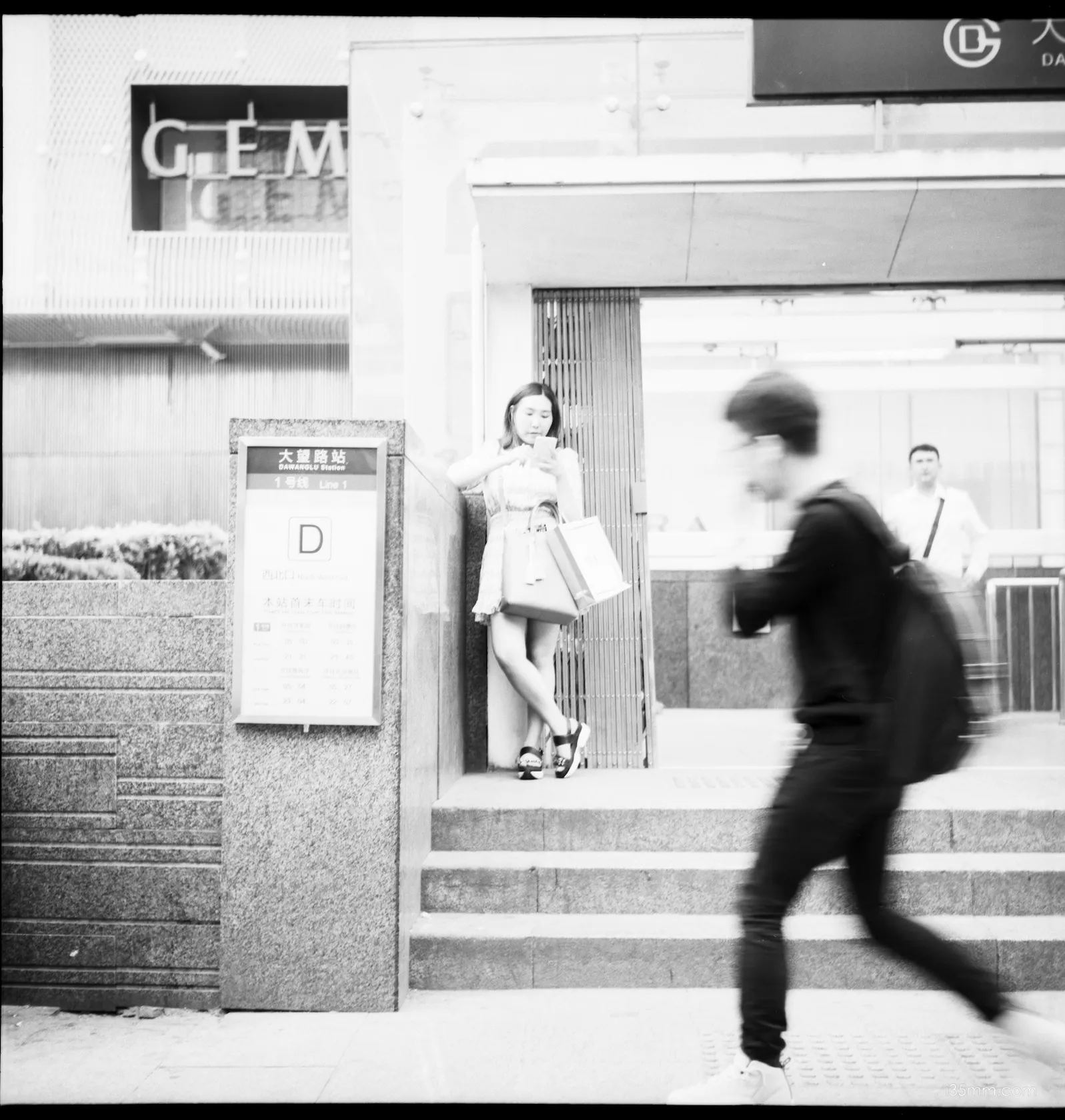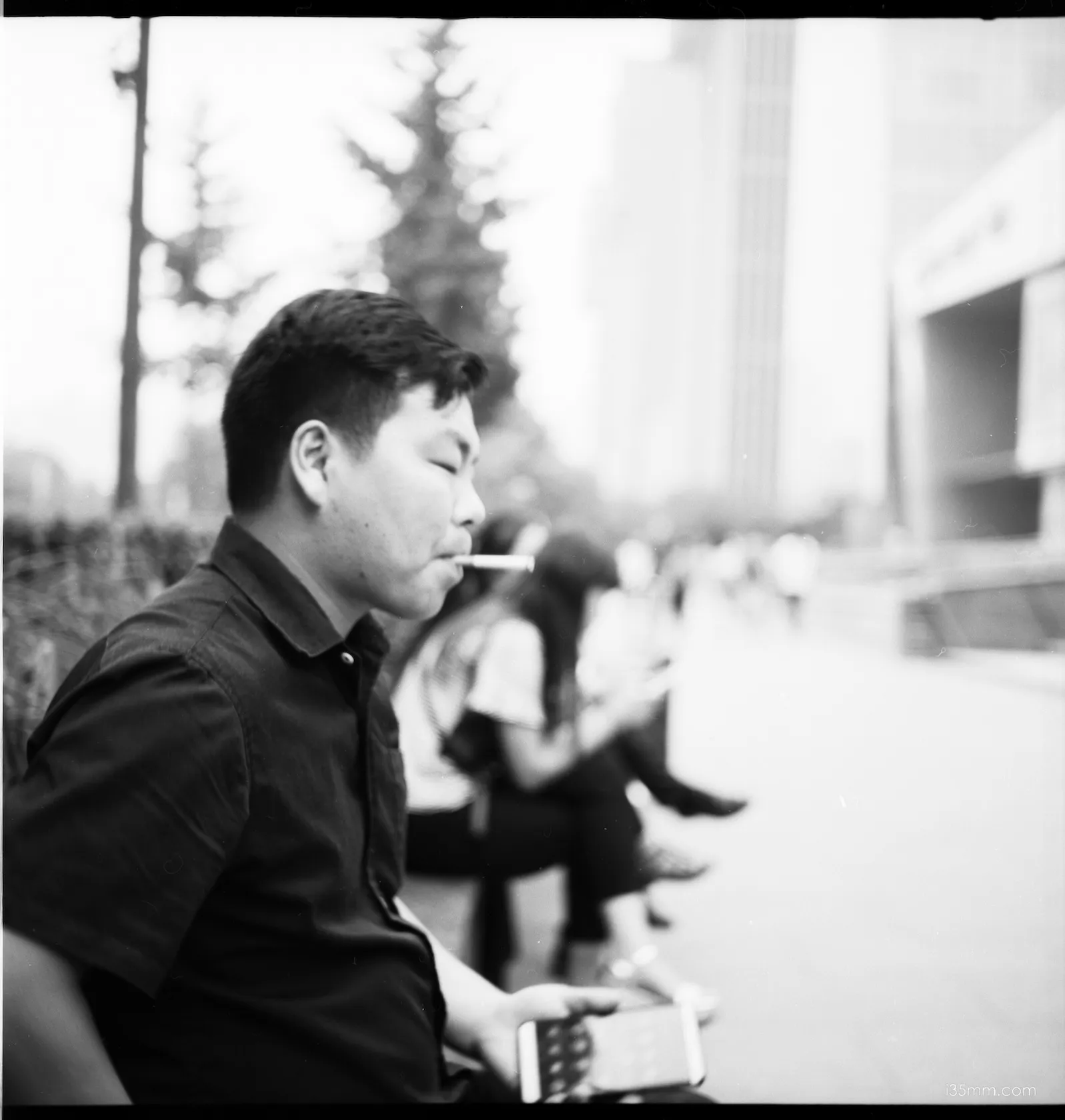
Slow
If you’re looking for a truly unique photography experience, the Leica 0 series camera is the one for you! It’s the perfect blend of classic Leica style and cutting-edge technology. Capture stunning images with the “slow” and “portable” philosophy at the heart of every Leica camera. It may be a bit slow, but I sell this camera quickly.
My story
I found the Leica 50mm/0.95 around my neck to be too heavy, and it caused my neck to hurt for days. So I missed out on the smaller Leica, the 0 series replica is compact, even smaller than today’s smartphones, but it still has a solid case and pure Leica lenses, so I bought one to free my neck.
This is a replica of the Series 0. The original Model 0 sold for $2.16 million at auction, making it the most expensive camera in the world at the time. This special edition Leica camera has a gorgeous black lacquer finish and brass top. I had planned to use this camera for a while and then let the black paint wear off naturally.
Before I started using it for photos, I really liked the design. If you could carry it around with you, this camera could last a lifetime. The reality is that it’s really difficult to use, so you have to cover the lens every time you switch to the next negative.
Of course, it’s not the camera, it’s me! This limited-edition camera is meant to be a collector’s item, not a tool for street photographers like me.
Slow Philosophy
The concept of “slow” is relative and depends on the context. Back when the Leica 0 was first introduced, it was seen as a fast photography tool. Just like computers, you can’t really compare CPU speeds from 20 years ago to today’s standards.
Just a few more things to keep in mind when taking pictures with this camera. For instance, you’ve got to put the lens cap back on before you can switch to the next picture. Also, you’ve got to hold down the shutter while rewinding the film.
Just a heads-up: Once you’ve finished winding, the shutter speed is fixed, so it’s important to set it first.
How to use
To get the most out of this vintage camera, it’s important to develop good operating habits, like:
- When you’re ready to stow the camera away in your bag, leave the shutter on release so you can adjust the shutter speed for your next shooting need.
- Trim the spare film in advance before using it.
- When installing a new roll of film, ensure that the protrusion on the film aligns with the notch on the spindle to ensure proper installation. Instead of using the spindle to locate the notch, you can use the notch to locate the protrusion on the spindle.
- Always remember to open the lens cover before taking a photo, and cover it after winding the film. This simple mantra is worth remembering.
- It may take some practice and skill to use a 0-type camera effectively, but the stunning results make it all worthwhile.
The Leica 0-series camera used the Anastigmat 50 3.5 lens, which was originally designed by Berek in 1920. Despite what some people said, the lens only had four elements in three groups, which is similar to the Elmar lens. The new version of this lens has four elements in three groups, but it’s got a new design and coated glass. It’s said to offer better contrast and sharpness when used at full aperture, and it’s pretty similar to the Summicron 50 f2.
The lens is really excellent. However, I really think that this camera is not suitable for use, only for collection.







